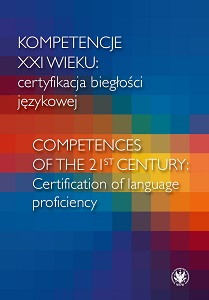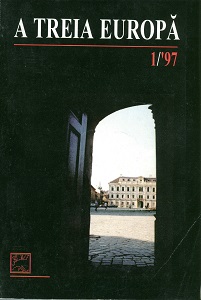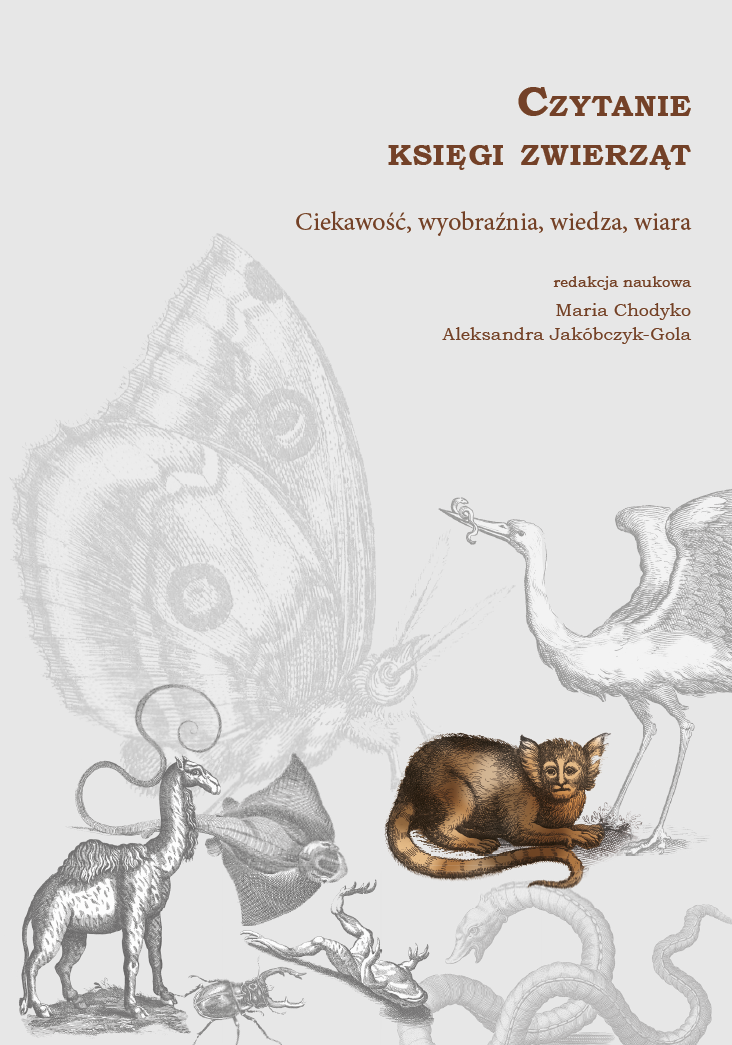Author(s): Aleksandra Jakóbczyk-Gola / Language(s): Polish
Publication Year: 0
The dissertation presents an elephant, the biggest land mammal in the cultural and biological context. It discusses the oldest findings of elephants’ bones, the history of the species, and the meaning of its name and its etymology. The article aims to present a broad research spectrum of interdisciplinary character, combining nature and humanist sciences. On the one hand, it shows the zoological conditions of the animal, its characteristic morphological features and behaviour, on the other hand, it presents how these aspects were interpreted in beliefs, literature and art. The article explores the motif of an elephant and its images in old cultures, especially in the ancient world and Indian and African mythology; it also focuses on the reception of the elephant image in Polish modern culture. It was Pliny’s and Aristotle’s early zoological works, which made elephants appear in images and symbols of the whole Europe. They brought clearly positive connotations with them, which allowed for using elephants as moral examples. They were associated with strength, memory, long life, wisdom, fidelity as well as royal or imperial power. They were used as military and pack animals, they took part in parades and festivals to add splendour and show richness and high social status of their owners. Elephants were eagerly shown in travelling menageries as a peculiarity. Their images were present on Roman coins, in old bestiaries, herbaria, modern zoological encyclopaedias. The motif of an elephant was, as we can see in the dissertation, known in Old Poland. The basis for the analysis are mostly source texts: manuals and encyclopaedias (especially Jakub Kazimierz Haur’s "A Storeroom or a Treasury of Farm Secrets", Jan Jonston’s encyclopaedia, Benedykt Chmielowski’s "New Athens"), memoirs and journey accounts (by Albrycht Radziwiłł, Mikołaj Krzysztof Radziwiłł, Krzysztof Pawłowski, Michał Boym, Maksymilian Wikliński), literary works (in particular Wacław Potocki’s "Chocim War", Samuel Twardowski’s Important Embassy) and various other historical records such as the description of the parade during the wedding of the Grand Crown Hetman, Jan Zamoyski. The article also discusses few iconographic images of elephants, from the territory of the Old Polish Republic (illustrations from herbaria, the picture of the Hasken she-elephant) and the first representatives of this species in Polish zoological gardens.
More...




